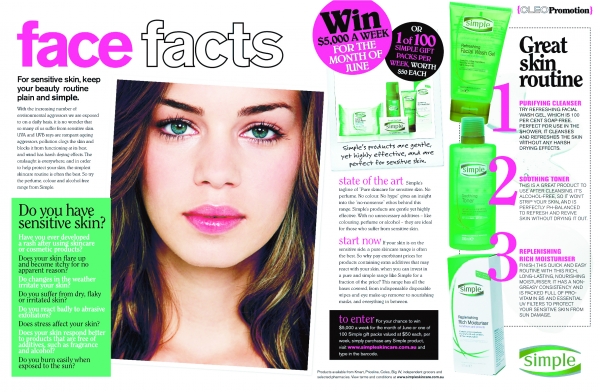
Many polls about advertorials found that most of the opinions were that legal action was needed for the advertorials disguised as articles. Advertorial refers to the editing of an advertisement like a newspaper article. It is necessary to clearly distinguish between articles and promotions by making it mandatory to attach ‘advertising’ marks to advertorials. The reliability and objectivity of advertorials were lower than that of general advertisements, and the effectiveness of advertisements was also found to be lower.
The Korea Press Foundation (KPF) announced the results of a survey on advertorials awareness conducted on 1,000 citizens on Feb. 2. The survey revealed 88.9% of respondents had the experience of encountering article-type advertisements while reading the Internet and paper newspapers.
In a survey on cases where advertorials are not distinguished from articles, 70.6% of the respondents said, “I had an experience of confusion whether they were articles or advertisements while looking at articles and advertorials.” Regarding the confusion between articles and advertorials, 55.3% of the respondents said the editing method and content arrangement were similar and 50.9% said there were no or unnoticeable signs in ads.
95.3% of the respondents thought advertorials were a problem. Advertorial is a problem because 84.2% said advertorials distorted consumers’ rational judgment and 73.2% said it could deceive consumers and readers.
Media companies also suffer damage from advertorials. A local media company said, “I did not know what it was about and ran an advertorial after signing a contract, but I received many complaints from readers and consumers. In addition, we are having a hard time re-entering after being eliminated from the portal news search affiliate.” This is because advertorials take the form of articles and are often not distinguished from articles as a result of sophisticated editing.
The KPF said, “Most respondents see advertorials as a problem because they may mislead potential consumers into thinking of them as articles, and further negatively affect trust in the media.” adding, “In the end, we should improve the problem of advertorials to protect consumers and prevent media confidence.”
As a solution, the KPF proposed a mandatory advertising display. The current newspaper law stipulates that “readers should separate and edit articles and advertisements so that they do not confuse them,” but it is not a mandatory provision. 96.4% of the respondents (42.6% agree and 53.8% agree very much) agreed on the compulsory display of ‘advertising’ in advertorials. The KPF said, “We almost completely agree with the plan to mark the advertorials as ‘advertisement’ so that readers who are consumers can know that it is an advertisement.”
In the United States, an advertorial is regulated by the Federal Trade Commission. So, it is inconceivable that a media giant like The New York Times would run an advertorial. One of the members of the Center for Media Responsibility and Human Rights said, “I think it is necessary to create a social consensus by creating governance involving various groups, including stakeholders, to operate the media’s exemplary self-regulatory body.”


